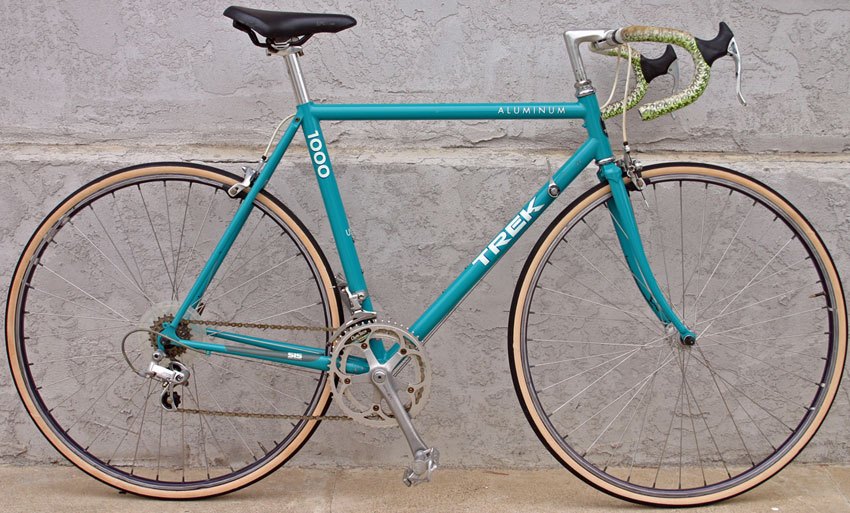Vintage Bianchi Serial Number
[Sheldon wrote this article largely from memory, based on his long experience in the bicycle retail sector. His coverage is uneven, as he did not go so far as to research topics of which he had little personal knowledge. Somebody wants you somebody needs you lyrics. I leave the article largely as he wrote it, though I have run a spell check and made a few additions. Sheldon left a few headings only as notes to himself with no content following, and undoubtedly he left other topics unmentioned. If you can help fill out the article, please feel free to write in. Also see Frank Berto's article ' -- highly recommended. -- John Allen] Japanese Bicycles.

Japanese bicycles are often of very fine quality, but few are available in the U.S. Market today, due to unfavorable currency exchange rates. There are still many very fine Japanese bicycles available on the used market, and this article is intended as a guide to them. Japanese Bicycle Brands.Quick Jump • • • • • • • • • • • • • • • • • • • • • • • • • • • • • • Japanese Parts.Quick Jump • • • • • • • • • • • • • • • • • • • • • • • • • • • • • • • • • • • • • • • History of Japanese bicycles in the U.S.
Bianchi Eduardo Reparto Corsa serial numbers Placed in ascending serial number order. (Not that this approach yields exact dating.?) Updated 7.13.2016. May we add your Bianchi Reparto Corsa bicycle serial number to this list? Send to webmaster. As the interest in vintage road bicycles grows, serial number data bases grow too. In other words, though not all bicycles are represented with an on line serial number data base, some are. Raleigh, is the first that comes to mind but others are available.
After the Second World War, Japan was primarily known for making cheap knockoffs of foreign designs, competing on the basis of cheap labor. This began to turn around in the camera and electronics industries in the 1950s, but Japanese companies didn't figure out how to make and sell bicycles for the U.S. Market until the early 1970s. As the 1970s opened, the U.S. Market for adult bicycles was basically owned by the French and English. While Japanese bicycles were manufactured to very tight tolerances, and nicely finished (considerably better than their European competition), the Japanese had not yet come to terms with the average American's being taller and heavier than the average Japanese. (This gap was wider at the time than it is now, due to the privations the Japanese population suffered during and after the war.) Royce Union he most widely distributed Japanese bike of this era was sold under the name Royce Union.
This was a 10-speed, pretty much all steel except for the handlebar stem and the Dia Compe brakes. This bike was only available in one size, 20', which was considerably too small for an average American man. It was equipped with Araya steel rims, which were beautifully made, much smoother and truer than European steel rims of the era.but not strong enough to withstand the weight of an average American rider.
This was partly due to design, and partly due to the fact that Japanese steel was not as good as European (nor American) steel. Even though these bikes were not durable, they did have their good points, most particularly the Shimano Lark rear derailer. Driver solution x100c untuk windows 10 win. Although the Lark was quite heavy, it shifted markedly better than the French Huret Allvits and Simplex Prestiges that were coming through on the bikes from Europe. Cotterless cranks. Aluminum-alloy cotterless cranks had been a high-end item, not found on the run-of-the-mill European ten-speeds that sold for around $150 in the early 1970s bike boom years.